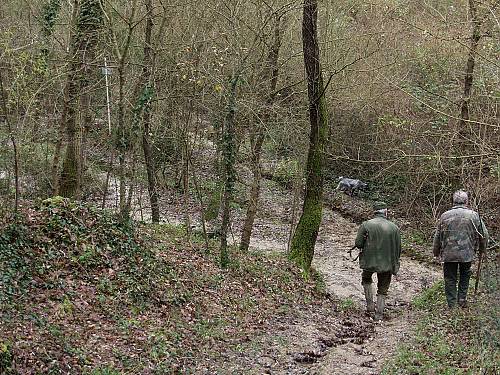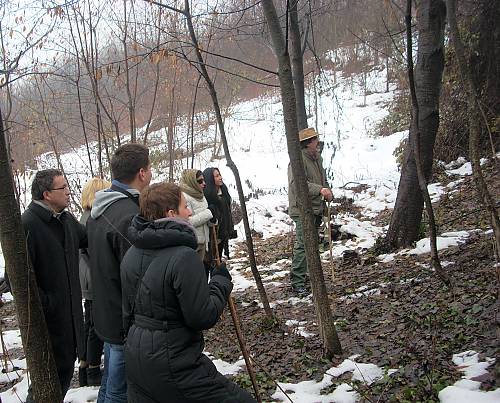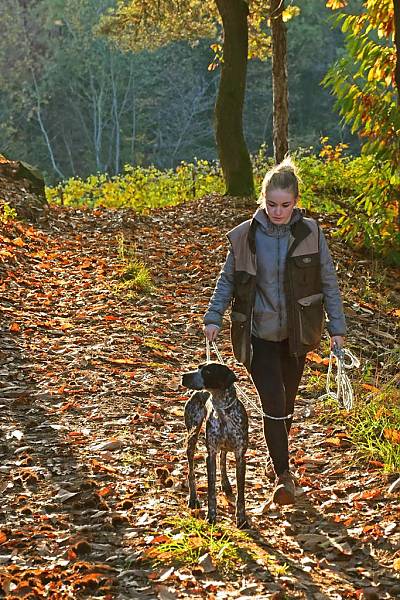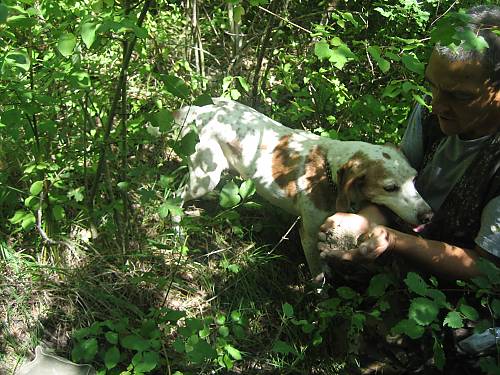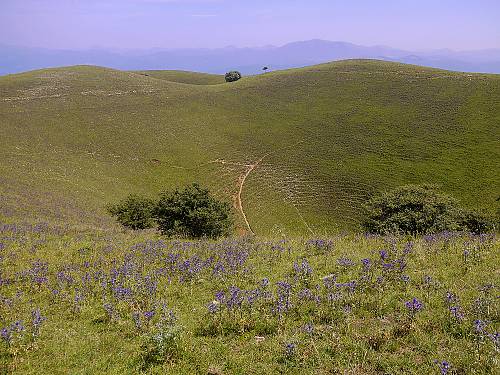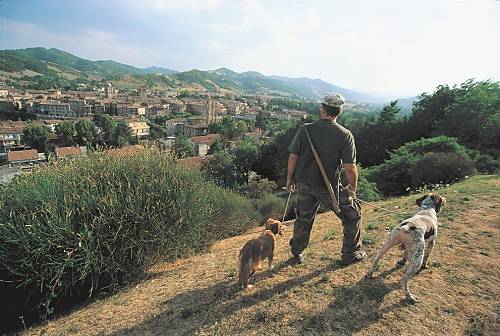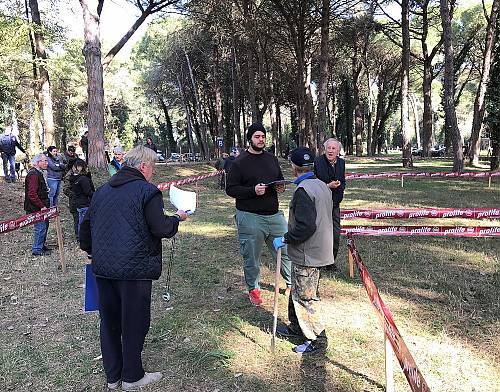Truffle hunting and extraction in Italy, traditional knowledge and practice
Inscribed in 2021 (16.COM) on the Representative List of the Intangible Cultural Heritage of Humanity
Italian truffle hunting and extraction is a set of knowledge and practices that has been transmitted orally for centuries. Today, it still characterizes the rural life of entire communities in the Italian peninsula. Truffle hunters, or tartufai, usually live in rural areas and small villages. There are two steps to truffle hunting: the hunting and the extraction. The hunting entails the identification of areas where the truffle plant grows, from whose roots grows the underground fungus named ‘truffle’. This step is carried out with the help of a trained dog. The hunters then use a special spade that allows them to extract the truffles without disturbing the soil conditions. Truffle hunting involves a wide range of skills and knowledge (about climate, the environment and vegetation) related to the management of natural ecosystems and to the dog-truffle hunter relationship. This knowledge is passed on through oral traditions, including stories, fables, anecdotes and expressions that reflect the local cultural identity and create a sense of solidarity within the truffle hunting community. Truffle hunting is often associated with popular feasts that mark the beginning and end of the truffle season. The practices respect ecological balance and plant biodiversity, ensuring the seasonal regeneration of the truffle species.


